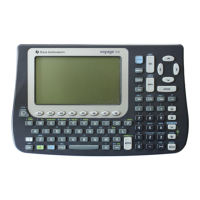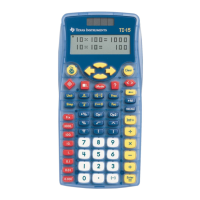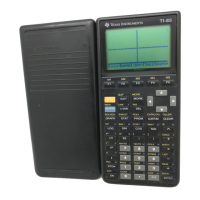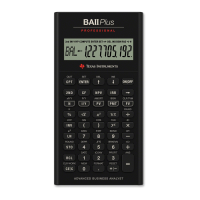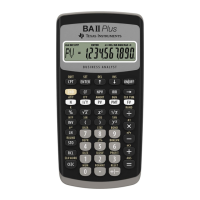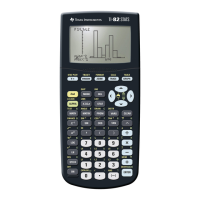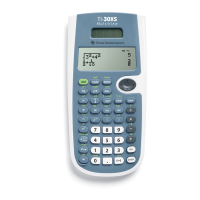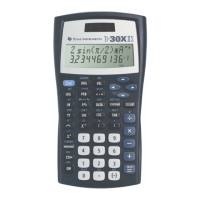Appendix B: Technical Reference 929
Entering Complex Numbers
You can enter complex numbers in the polar form (rù, q), where r is the magnitude and q
is the angle, or polar form r
e
i
q
. You can also enter complex numbers in rectangular form
a+b
i .
Overview of Complex Numbers
A complex number has real and imaginary components that identify a point in the
complex plane. These components are measured along the real and imaginary axes,
which are similar to the x and y axes in the real plane.
As shown below, the form that you can enter depends on the current
Angle mode.
Use the following methods to enter a complex number.
The point can be expressed
in rectangular form or in
either of two polar
The i symbol represents the
imaginary numberÁ-1 .
You can use the form: When the Angle mode setting is:
a+b
i
Radian, Degree or Gradian
r
e
i
q
Radian only
(In Degree or Gradian angle mode, this form
causes a Domain error.)
(r,ùq) Radian, Degree or Gradian
To enter the: Do this:
Rectangular form
a+b
i
Substitute the applicable values or variable
names for a and b.
a «Ç b 2 )
Note: To get the i symbol, press 2 ), do
not simply type an alphabetic i.
For example:
To enter the: Do this:
r
θ
b
a
Imaginary
Espressed as
a+b
i , re
i
q,
or
(rù, q).
Real

